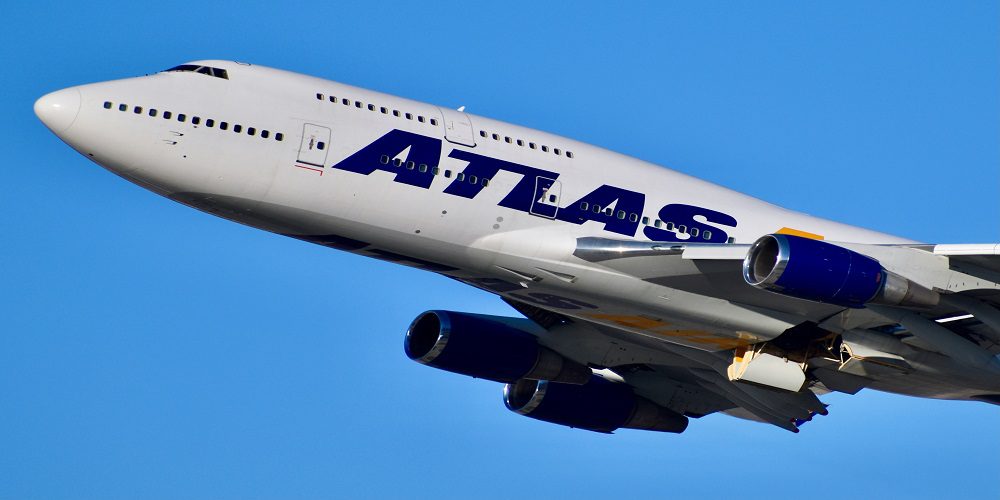Introduction
In the fast-paced world of air travel, understanding luggage policies is crucial for a seamless journey. Whether you’re embarking on a domestic adventure or crossing international borders, airlines have specific regulations governing the transportation of luggage. In this comprehensive guide, we’ll delve into the intricacies of luggage policies, differentiating between domestic and international flights.
Domestic luggage policies
Domestic flights within the United Kingdom typically have more lenient luggage policies compared to their international counterparts. Airlines often offer various fare classes, each with its own baggage allowance. Here’s a breakdown of common policies for domestic flights:
1. Economy Class:
a. Weight Allowance: Passengers are usually allowed one piece of checked luggage with a weight limit ranging from 15 to 23 kilograms.
b. Cabin Baggage: Economy class passengers can bring a standard cabin bag with dimensions not exceeding 55 x 40 x 20 centimeters.
2. Business Class:
a. Weight Allowance: Business-class travelers enjoy more generous baggage allowances, often ranging from 30 to 40 kilograms for checked luggage.
b. Cabin Baggage: Similar to economy class, business class passengers can bring a standard cabin bag with dimensions not exceeding 55 x 40 x 20 centimeters.
3. First Class:
a. Weight Allowance: First-class passengers typically have the highest baggage allowance, ranging from 40 to 50 kilograms.
b. Cabin Baggage: The cabin baggage policy remains consistent across classes.
4. Sporting Equipment:
Many airlines allow passengers to carry sports equipment, such as golf clubs or skis, but additional charges may apply, and specific rules regarding packaging and weight limits must be adhered to.
International luggage policies
When venturing beyond national borders, the complexity of luggage policies tends to increase. International flights often involve multiple airlines and various regulatory considerations. Let’s explore the nuances of luggage regulations for international travel:
1. Weight vs. Piece System:
a. Weight System: Many international flights operate on a weight-based system where passengers are allocated a specific total weight limit for their checked luggage. This limit typically ranges from 20 to 32 kilograms per bag, depending on the airline and ticket class.
b. Piece System: Alternatively, certain airlines adopt a piece-based system, specifying the number of bags allowed and their individual weight limits. For example, a passenger may be permitted two checked bags, each weighing no more than 23 kilograms.
2. Free baggage allowance:
a. The concept of a free baggage allowance extends beyond domestic flights. International flights often have more generous allowances, recognizing the longer duration and diverse needs of international travel.
b. It’s crucial for passengers to check the baggage allowances specific to their airline and ticket class, as these can vary significantly.
3. Excess Baggage Fees:
a. International travelers should be aware of the potentially steep fees associated with exceeding baggage limits. These fees are calculated based on the excess weight or number of additional bags.
b. To avoid unexpected expenses, passengers should meticulously adhere to the stipulated baggage limits or consider pre-purchasing additional baggage allowances if they anticipate exceeding them.
4. Special Items:
a. Transporting special items internationally requires careful consideration. Musical instruments, oversized baggage, and fragile items may have specific regulations.
b. Airlines may require prior approval, and additional fees may apply. Passengers should review the airline’s policies on special items well in advance of their journey to avoid any complications.
5. Customs and Restrictions:
a. International travelers must navigate not only airline policies but also the customs regulations of the countries they are visiting. Items that are permitted in one country may be restricted or prohibited in another.
b. Passengers should research and familiarize themselves with the customs regulations of their destination to prevent any legal issues or delays.
6. Inter-Airline Cooperation:
a. International journeys often involve multiple airlines, especially if connecting flights are part of the itinerary. Passengers must be aware that each airline may have distinct baggage policies.
b. Inter-airline cooperation and partnerships may influence baggage allowances, but passengers should verify the policies of each individual carrier in their itinerary.
7. Codeshare Flights:
a. In the realm of international travel, codeshare agreements are common. Codeshare flights involve multiple airlines sharing the same flight. Passengers must be cognizant that baggage policies can differ between the operating carrier and the marketing carrier.
b. Checking and understanding the luggage policies of both carriers involved in a codeshare flight is essential to avoid surprises at check-in.
8. Traveling to Multiple Destinations:
a. For travelers with itineraries encompassing multiple destinations, each with different baggage regulations, careful planning becomes paramount. It may be necessary to pack with the most restrictive policy in mind or strategize by sending excess baggage ahead if possible.
Tips for Smooth Travel
1. Check with the airline: Always check the specific luggage policies of the airline you’re flying with, as regulations can vary.
2. Pack Strategically: Consider the duration of your trip and pack accordingly. Be mindful of weight restrictions and plan for any souvenirs you might acquire during your travels.
3. Travel Insurance: Invest in travel insurance that covers lost or damaged baggage. This provides an extra layer of protection and peace of mind.
4. Stay informed on customs regulations: Research the customs regulations of your destination to avoid any issues with prohibited items.
Weigh your options:
If you anticipate exceeding baggage limits, compare the cost of excess baggage fees with the price of shipping items separately. Sometimes, it’s more economical to send items ahead of time.
Conclusion
Luggage policies for domestic and international flights may seem daunting, but with careful planning and adherence to airline regulations, your journey can be smooth and stress-free. Whether you’re exploring the beauty of your home country or jetting off to distant lands, understanding and abiding by luggage policies is the key to a successful and enjoyable travel experience. So, pack smart, fly safe, and enjoy your adventures around the globe.



































